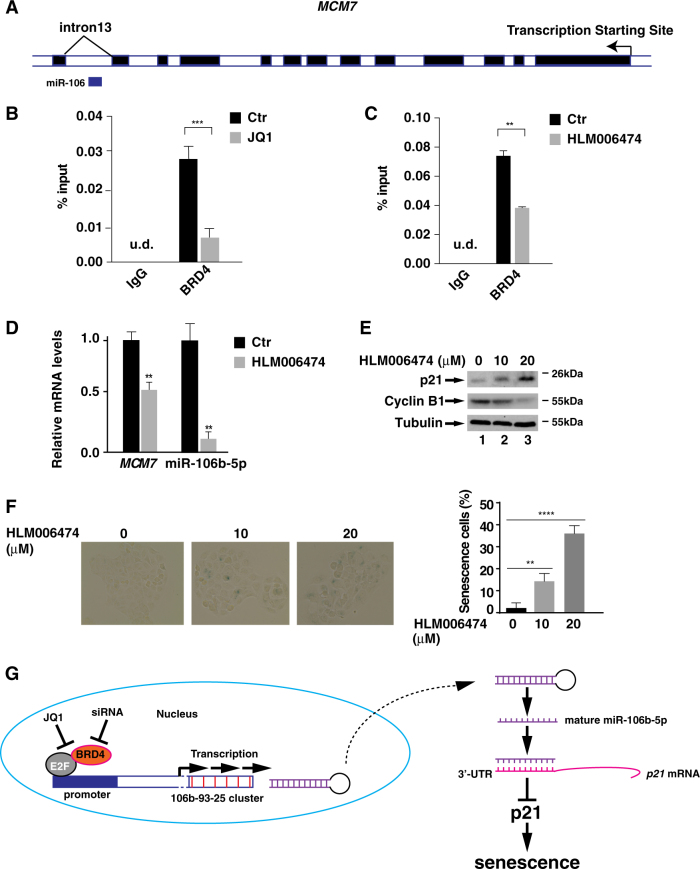Fig. 6. BRD4, together with E2F1, regulates miR-106b-5p transcription and cellular senescence.
a UCSC genome browser display of MCM7 gene which hosts miR-106b-5p on Chr.7 (GRCh38/hg38) assembly. Light box: intron; dark box: exon. b and c MKN28 cells were treated with either JQ (5 μM) (B) or HLM006474 (20 μM) (C) for 24 h. ChIP assay was performed using antibodies against IgG or BRD4 and probed for the promoter region of miR-106b-5p. d MKN28 cells were treated with HLM006474 (20 μM) for 24 h and the levels of MCM7 mRNA and mature miR-106b-5p were measured by RT-PCR. e MKN28 cells were treated with HLM006474 (10 μM and 20 μM) for 24 h and the levels of p21 and cyclin B1 were measured by immunoblotting. f MKN28 cells were treated with indicated concentration of HLM006474 for 4 days and the cells were subject to β-Gal staining. The percentage of β-Gal staining-positive cells is shown on the right. Data represent the average of three independent experiments. g Schematic model for the regulation of p21 and cellular senescence by BRD4 in gastric cancer cells. In cancer cells, BRD4 is recruited to the promoter of miR-106b-5p via E2F proteins and activates the expression of miR-106b-5p, which targets the 3′-UTR of p21 mRNA and suppresses its expression to promote cell proliferation. Inhibition of BRD4 by siRNA or JQ1 results in the down-regulation of miR-106b-5p, leading to the increased expression of p21 and cellular senescence

